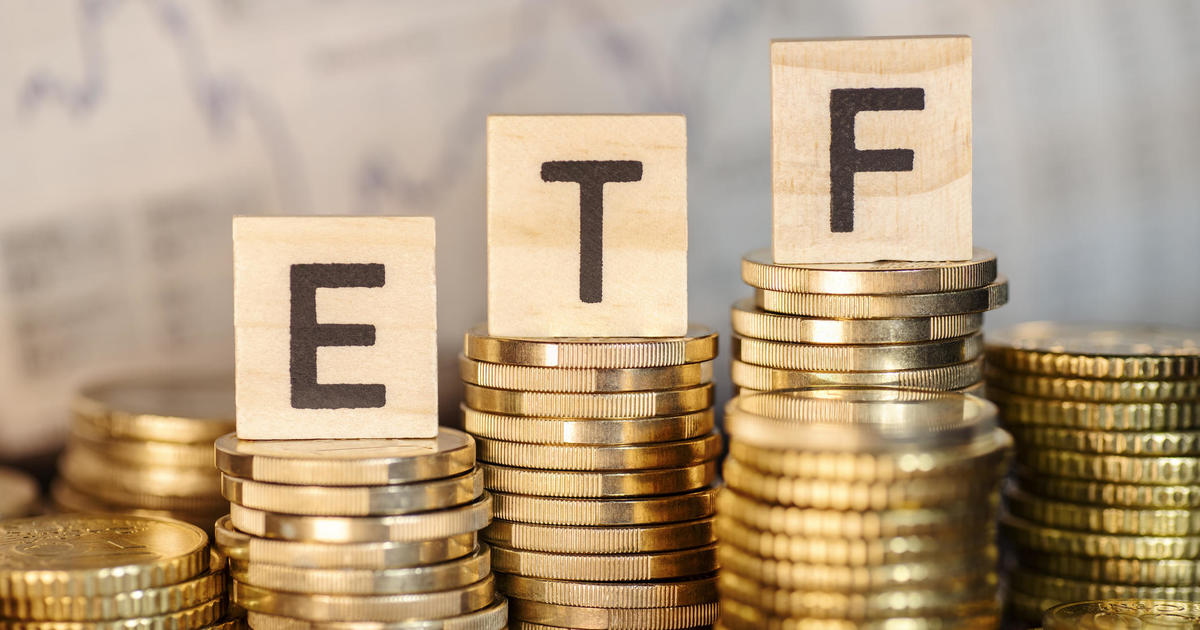Demystifying ETFs: A Beginner’s Guide to Investing with Exchange-Traded Funds
Exchange-Traded Funds (ETFs) have become a popular choice for investors of all experience levels. They offer a convenient and cost-effective way to gain exposure to a basket of assets, reducing risk and simplifying portfolio management. But for those new to the investing world, ETFs can seem complex. This comprehensive guide will break down everything you need to know about investing with ETFs, from understanding their core functions to navigating the process of buying and selling them.
What are ETFs?
Imagine a basket filled with various fruits. An ETF is similar, but instead of fruits, it holds a collection of underlying investments like stocks, bonds, or commodities. These underlying assets can be specific company shares, a broad market index, or a sector-specific group. When you buy an ETF share, you’re essentially buying a tiny piece of this basket, gaining exposure to all the holdings within it. ETF shares are traded on major stock exchanges, similar to individual stocks, throughout the trading day at market-determined prices. This makes ETFs highly liquid and easy to trade.
Types of ETFs
ETFs come in various forms, allowing investors to target nearly any global market or sector. Here are some common types:
- Stock ETFs: Track a particular stock index like the S&P 500 or NASDAQ.
- Bond ETFs: Invest in bonds and can help provide steady income.
- Sector ETFs: Focus on a specific industry, such as technology, healthcare, or energy.
- Commodity ETFs: Track the price of a commodity like gold, oil, or agricultural products.
- Thematic ETFs: Focus on specific investment themes, like emerging technologies or environmental sustainability.
Benefits of ETF Investing
- Diversification: By owning an ETF, you can gain exposure to a group of equities, bonds, or other asset classes.
- Lower Costs: Typically, ETFs have lower fees than actively managed funds.
- Flexibility: They can be bought and sold like stocks on an exchange.
- Transparency: Holdings are disclosed daily, so you know exactly what you own.
- Tax Efficiency: ETFs often have lower capital gains distributions due to their structure and trading dynamics.
How to Invest in ETFs
Setting Investment Goals
Before investing, it’s crucial to define what you are trying to achieve. Are you saving for retirement, a down payment on a house, or an emergency fund? Your goals will determine your investment strategy, including which ETFs are suitable and how aggressive your portfolio should be.
Researching and Selecting ETFs
When selecting an ETF, consider the following factors:
- Objective and Holdings: Ensure the ETF’s objective aligns with your investment goals and its holdings are assets you want to invest in.
- Performance History: While past performance is not indicative of future results, it provides insight into how the ETF has managed under various market conditions.
- Expense Ratio: This is the annual fee paid by shareholders of the ETF. A lower expense ratio can significantly affect long-term returns.
- Liquidity: Look at the average daily trading volume. Higher liquidity means lower trading costs and easier entry or exit points.
- Tracking Error: This measures how closely an ETF follows its index. A smaller tracking error indicates a more accurate representation of the index.
Building a Portfolio with ETFs
You can use ETFs to build a balanced portfolio tailored to your risk tolerance and investment timeline:
- Core-Satellite Portfolio Strategy: This strategy involves having a “core” of broad, index-based ETFs making up the majority of your portfolio, complemented by “satellites” — smaller positions in specialized ETFs to potentially increase returns.
- Tactical Asset Allocation: Use ETFs to adjust your portfolio’s exposure to different asset classes as market conditions change.
- Dollar-Cost Averaging: Investing a fixed amount in a particular ETF at regular intervals, regardless of the share price, may potentially lower the total average cost per share of investments, making this an attractive strategy for individual investors.
Managing and Monitoring Your ETF Portfolio
Regular Reviews
It’s essential to review your ETF investments regularly (e.g., annually or semi-annually) to ensure they still align with your financial goals. Market conditions change, and so should your portfolio if necessary.
Rebalancing
Rebalancing is the process of realigning the weightings of a portfolio of assets. Rebalance your ETF portfolio periodically to maintain your desired asset allocation. This involves selling assets that have grown beyond their target percentage and buying more of those that have decreased.
Tax Considerations
Understanding the tax implications of trading ETFs is important. Be aware of potential capital gains taxes and the benefits of tax-efficient accounts like Roth IRAs and 401(k)s for holding your ETFs.
Conclusion
ETFs offer a versatile and efficient way to build diversified portfolios. With the variety of ETFs available, investors can access almost any market globally, with the added benefits














Post Comment